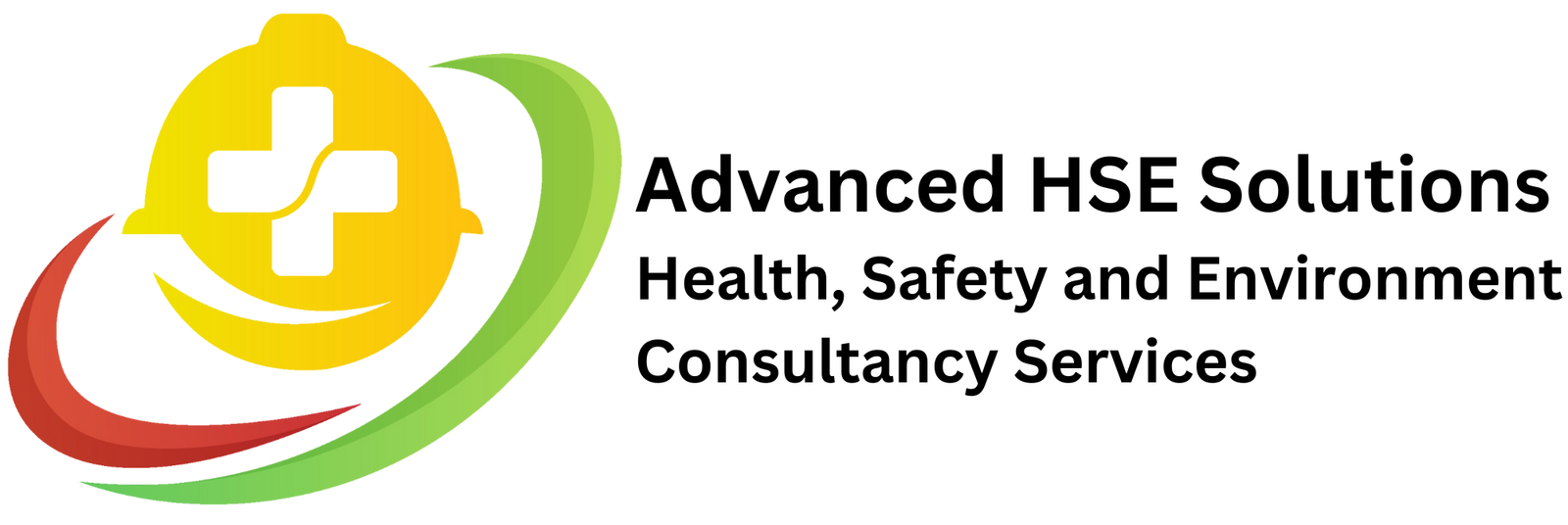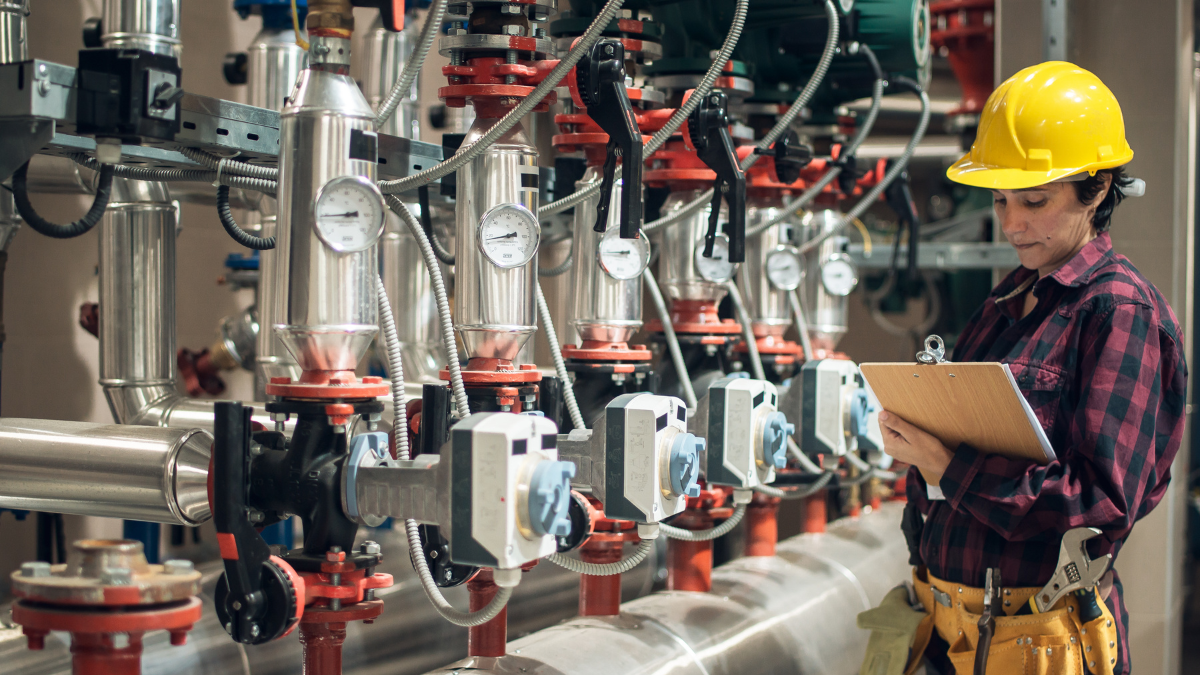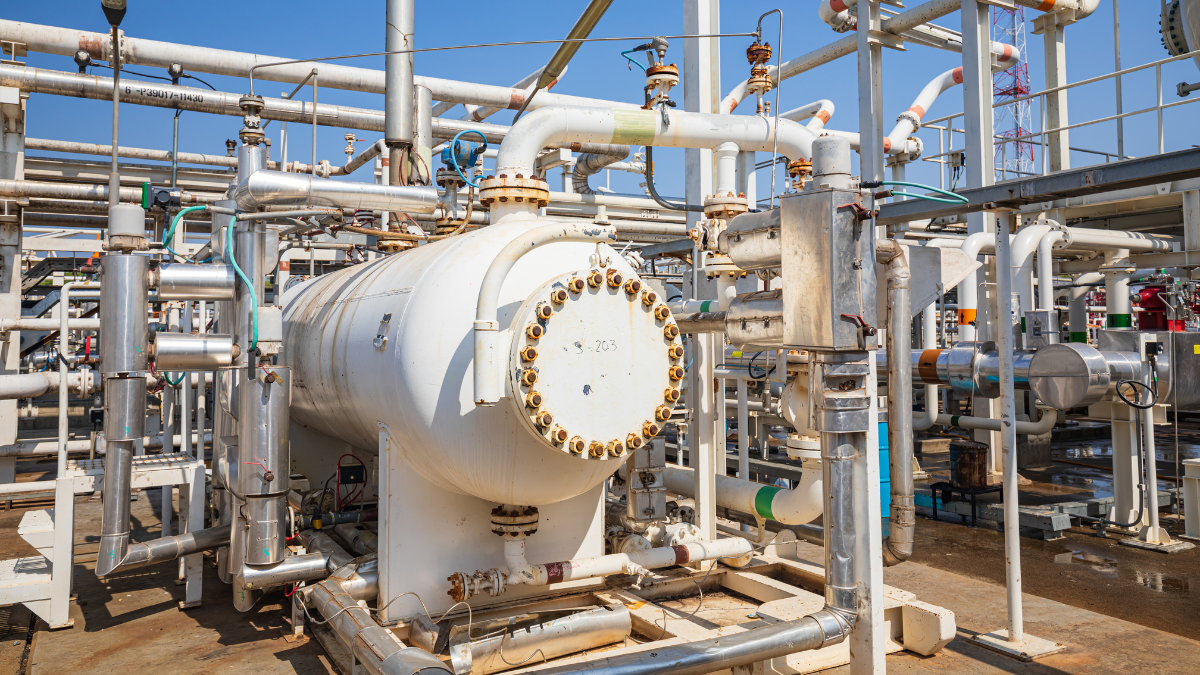Table of Contents
Key Takeaways:
- PTW prevents incidents by control + verification. It formalizes high-risk work (hot work, confined space, electrical, height, excavation) with hazard ID, controls, authorization, and closure checks.
- Compliance is mandatory in Malaysia. Align PTW with OSHA 1994, FMA, and DOSH guidance; keep complete records for audits and investigations.
- People and process make it work. Define roles (issuer, holder, SHO, supervisors), train staff, audit routinely, and consider digital PTW to improve consistency and traceability.
In industries where safety is paramount, the Permit to Work (PTW) system is a cornerstone of operational safety. This guide delves into the intricacies of PTW, offering comprehensive insights into its implementation and importance.
Introduction to Permits to Work

What is a Permit to Work (PTW)?
A Permit to Work, often abbreviated as PTW, is a formal, documented process used to control high-risk work. It is a written authorization that allows specific work to be carried out within a specified time frame, ensuring that all hazards have been identified and controlled before work begins. The permit serves as a clear communication tool between different parties involved in the work.
Importance of PTW in High-Risk Industries
In industries dealing with hazardous substances or potentially dangerous equipment, the importance of the permit to work system cannot be overstated. It is vital for preventing accidents, injuries, and fatalities. By enforcing a structured risk assessment and control process, the PTW system ensures that all work activities are performed safely and that precautions are in place to mitigate any potential dangers.
Malaysian Context: OSHA 2022 and DOSH Requirements
In Malaysia, the Occupational Safety and Health Act 2022 (OSHA 2022) and the Department of Occupational Safety and Health (DOSH) set the legal and regulatory framework for workplace safety. These regulations mandate the implementation of safe systems of work, including a robust permit to work procedure, to protect employees from hazardous conditions and ensure compliance with national safety standards and guidelines.
Understanding the Permit to Work System

Definition and Purpose of PTW
A permit to work system (PTW system) can be defined as a formal written system used to control certain types of work that are potentially hazardous. The primary purpose of a PTW is to ensure that work activities are planned, assessed for risks, and executed safely. The definition and purpose of a PTW is to specify permit conditions and safety requirements, so the scope of work is well understood.
PTW vs Standard Operating Procedures (SOP)
While both PTW and Standard Operating Procedures (SOP) aim to ensure safe work practices, they serve different purposes. SOPs outline routine tasks, whereas permits to work are designed for non-routine, high-risk activities. Permits to work provide more detailed and specific risk assessments and control measures than standard operating procedures, especially when work is hazardous or complex.
Controlling Hazardous Work with PTW
The essence of a Permit to Work (PTW) system lies in its ability to manage hazardous work. By outlining a systematic approach to hazard identification and control, the PTW minimizes the risk of accidents and injuries. It specifies permit conditions and safety measures such as the need for personal protective equipment, safety barriers, and other precautionary measures to ensure a safe work environment.
Types of Permits to Work

Hot Work Permit
Hot work permits are a vital type of permit to work, issued for work activities that involve potential ignition sources. This includes activities like welding, cutting, grinding, or any task that may generate sparks or heat. These hot work permits outline the necessary precautions to prevent fires or explosions, such as ensuring the area is free of flammable materials and that fire suppression equipment is readily available, to ensure safe work.
Confined Space Entry Permit
A confined space entry permit is essential when work is performed in confined spaces. These confined spaces are areas with limited entry and exit, such as tanks, vessels, or pits, that may contain hazardous atmospheres. The confined space entry permit process ensures that the atmosphere is tested, the space is ventilated, and rescue procedures are in place before anyone enters. Working in confined spaces can be dangerous, so extra precautions must be taken.
Electrical Work Permit
An electrical work permit is necessary when dealing with electrical systems or equipment to ensure safe work. This type of permit to work specifies the procedures for isolating and de-energizing electrical circuits, as well as the use of appropriate personal protective equipment. Electrical work permits are a critical component of a safe system of work, preventing electrical shocks and arc flash incidents and ensuring that the work environment is safe for workers. The permit issuer must specify safety requirements.
Other Types of Work Permits
Beyond the commonly used types of permits like hot work permits, confined space entry, and electrical work permits, other permits cater to specific hazardous work. These include excavation permits for digging operations, working at heights permits for elevated tasks, and permits for handling hazardous materials. Each of these types of work permits addresses the specific hazards associated with the nature of the work, ensuring a comprehensive approach to work safety.
Legal & Regulatory Requirements in Malaysia

OSHA 2022 and Employer Responsibilities
Under the Occupational Safety and Health Act 2022 (OSHA 2022), employers in Malaysia bear the primary responsibility for ensuring the safety, health, and welfare of their employees. This includes implementing a permit to work system where necessary to manage hazardous work. Employers must conduct risk assessments, provide training, and maintain documentation to demonstrate compliance with OSHA 2022 and include safe systems of work; therefore permits are issued when work is identified to be high risk.
DOSH Guidelines for PTW
The Department of Occupational Safety and Health (DOSH) provides detailed guidelines on the implementation of a permit to work procedure within Malaysian industries. These guidelines outline the requirements for hazard identification, risk assessment, and control measures, as well as the roles and responsibilities of all parties involved in the permit system. Adhering to DOSH guidelines is crucial for ensuring that the permit to work system meets legal and regulatory requirements and includes safe systems of work.
Documentation for Audits and Inspections
Thorough documentation is essential for demonstrating compliance with OSHA 2022 and DOSH guidelines; therefore, all work activities must be documented accurately. This includes maintaining records of all permits issued, risk assessments conducted, training provided, and inspections carried out. Proper documentation is vital during audits and inspections by regulatory authorities, as it provides evidence that the company has implemented a robust and effective permit to work system. Permits to work must be stored correctly.
Implementing a PTW System: Step-by-Step Process

Requesting a Permit
The first step in the PTW system is initiating a request for a work permit. The permit originator, who identifies the need for the work, submits a detailed request outlining the nature of the work, location, and the proposed duration of the work. This request initiates the risk assessment process, which is vital for determining the precautions necessary to ensure safe work. The permit to work procedure starts with this formal request, setting the stage for subsequent hazard identification and mitigation steps.
Hazard Identification and Risk Assessment
Once a work permit is requested, a comprehensive hazard identification and risk assessment must occur. The team must identify all potential hazards associated with the work activities, including those related to confined space, working at heights, electrical work, and hot work; permits are issued when work conditions demand it. This step involves evaluating the likelihood and severity of each hazard to determine the necessary control measures and to specify permit conditions and safety requirements needed for safe work.
Approval and Authorization Process
Following the risk assessment, a competent person, often the permit issuer, reviews the request and the identified hazards. If satisfied that all risks are adequately addressed and necessary precautions are in place, they approve and authorize the work permit. This approval specifies any additional permit conditions and safety requirements, ensuring that only authorized work activities are carried out and monitoring work to minimize hazards.
Monitoring Work Execution
During the work’s execution, continuous monitoring is critical to ensure adherence to the work permit and the outlined safety precautions. Supervisors and safety personnel oversee the work activities, verifying that all permit conditions and safety measures are followed to mitigate risks and ensure safe work. This includes verifying the use of required personal protective equipment and ensuring the work environment is safe, especially in hazardous areas or situations like confined space entry.
Closure and Record-Keeping
Upon completion of the work, the permit holder closes the work permit, confirming that the work has been completed safely and that the area is left in a safe condition. Accurate record-keeping is essential for compliance and future reference. All permits to work, risk assessments, and related documents are retained for audits, inspections, and to improve future safe work practices and include safe systems of work within the organization, especially for hot work permits and working at heights.
Roles & Responsibilities in the PTW System

Employer and Management Roles
Employers and management play a pivotal role in the PTW system, as outlined in the guide to permit to work. They are responsible for establishing and maintaining the permit system, providing adequate resources, ensuring that all employees are properly trained, and fostering a safety culture that prioritizes hazard management. They must ensure compliance with health and safety regulations and include safe systems of work.
Functions of the Safety & Health Officer (SHO)
The Safety & Health Officer (SHO) acts as a key advisor in the PTW system. They assist in the development and implementation of PTW procedures, conduct risk assessments, provide training on hazard identification and control, and monitor work activities to ensure compliance with safety standards. The SHO helps to maintain a safe work environment and supports the permit issuer in ensuring safe work practices for all types of work.
Permit Issuer and Permit Holder Responsibilities
The permit issuer is responsible for reviewing and approving work permits, verifying that all hazards are identified and controlled, and ensuring that the permit specifies all necessary precautions. The permit holder, typically a supervisor, ensures that the work is carried out in accordance with the permit, monitors work activities, and ensures that all workers are aware of the hazards and safety requirements to facilitate safe work. Permits are issued when work is identified to be high risk and must be adhered to, so both the issuer and holder are responsible.
Common Challenges in PTW Implementation

Training Gaps
One of the common challenges is inadequate training on PTW procedures. If employees lack a clear understanding of hazard identification, risk assessment, and permit requirements, they may not follow the PTW system correctly, increasing the risk of accidents. Therefore, regular and comprehensive training is essential to ensure that all personnel understand their roles and responsibilities for safe work activities, including confined space entry and hot work permits.
Hazard Identification Issues
Failure to identify all potential hazards is another significant challenge. Incomplete or inadequate risk assessments can lead to overlooked hazards, resulting in unforeseen incidents. Thorough hazard identification requires a proactive approach, involving all relevant personnel and considering all aspects of the work environment, including the potential for confined space hazards, working at heights, and the handling of hazardous materials. It is important to properly assess a safe work environment.
Monitoring Compliance Challenges
Even with well-defined PTW procedures and trained personnel, monitoring compliance can be challenging. Without regular audits and inspections, adherence to the PTW system may decline over time, leading to increased risk. Effective monitoring requires a commitment to continuous improvement, with regular checks to ensure that all permit conditions and safety requirements are being followed, particularly when handling hazardous materials or performing tasks such as work in confined spaces and when using hot work permits issued for hazardous operations.
Best Practices for an Effective PTW System

Employee Training on PTW Procedures
Comprehensive training on permits to work is crucial for ensuring a safe system of work. All employees involved in the work activities, from the permit originator to the permit issuer and permit holder, should receive thorough training on the permit to work procedure. This includes understanding the different types of permits, how to identify hazards, conduct risk assessments, and adhere to permit conditions and safety requirements. Properly trained personnel are essential for effective work safety.
Standardized PTW Forms
Using standardized permit to work forms is a key best practice. Standardized forms ensure consistency and completeness in the information captured. These forms should clearly outline the nature of the work, hazard identification, risk assessment findings, control measures, and the responsibilities of all involved parties. Standardized forms help to streamline the PTW process and ensure that all types of permits include the necessary information. All permits are issued when work is identified to be high risk and must use these forms.
Regular Audits and Inspections
Regular audits and inspections are essential for maintaining the effectiveness of the permit to work system. These audits should assess the entire PTW process, from permit request to closure, ensuring that all steps are followed correctly and that safety precautions are in place to include safe systems of work. Inspections should verify that work activities are conducted in compliance with the permit conditions and safety requirements, particularly for high-risk work such as confined space entry or hot work permits issued for hazardous operations. These audits should monitor work safety.
Advanced HSE Solutions for PTW
Training Programs and System Development
Advanced HSE Solutions offers specialized PTW training programs that equip employees with the knowledge and skills needed to manage hazardous work safely. These programs cover various types of permits, including hot work permits and confined space entry, and emphasize hazard identification and risk assessment. Additionally, they provide customized PTW system development services to help companies create and implement a robust, tailored permit to work procedure that aligns with their specific operational needs. Advanced HSE Solutions aims to help companies include safe systems of work.
Safety Audits and Compliance Consulting
Advanced HSE Solutions conducts comprehensive safety audits to evaluate the effectiveness of existing permit systems. Their compliance consulting services help organizations align their PTW practices with OSHA 2022 and DOSH guidelines, ensuring that they meet all legal and regulatory requirements. This includes reviewing documentation, assessing risk management processes, and providing recommendations for improvement to enhance the safety and health of the work environment and ensure that they include safe systems of work. They help companies to ensure the safety and duration of a permit is compliant.
DOSH-Approved Solutions for Industrial Safety
Advanced HSE Solutions provides DOSH-approved solutions designed to enhance industrial safety. These solutions include state-of-the-art equipment, comprehensive training programs, and expert consulting services to help companies manage high-risk work, comply with regulatory standards, and implement effective PTW systems. By leveraging these DOSH-approved solutions, organizations can improve their work safety and ensure a safe system of work, reduce accidents, and foster a culture of safety. They can provide support for all types of work.
Conclusion
Re-emphasizing the Importance of PTW
In conclusion, the permit to work system is vital for managing hazardous work and ensuring the safety and health of employees in high-risk industries. By implementing a robust PTW system, companies can effectively identify and control hazards, prevent accidents, and comply with legal and regulatory requirements. This underscores the need for comprehensive training, standardized procedures, and regular audits to ensure the ongoing effectiveness of the permit to work procedure.
Call to Action: Contact Advanced HSE Solutions
To enhance your organization’s safety and health practices, consider partnering with Advanced HSE Solutions for expert guidance and support. Whether you need comprehensive PTW training programs or assistance in developing a customized PTW system, their team of experienced professionals can help. Contact Advanced HSE Solutions today to ensure your workplace has a strong commitment to worker safety and compliance with OSHA 2022 and DOSH guidelines and ensure safe work. The duration of the work is also an important factor.














